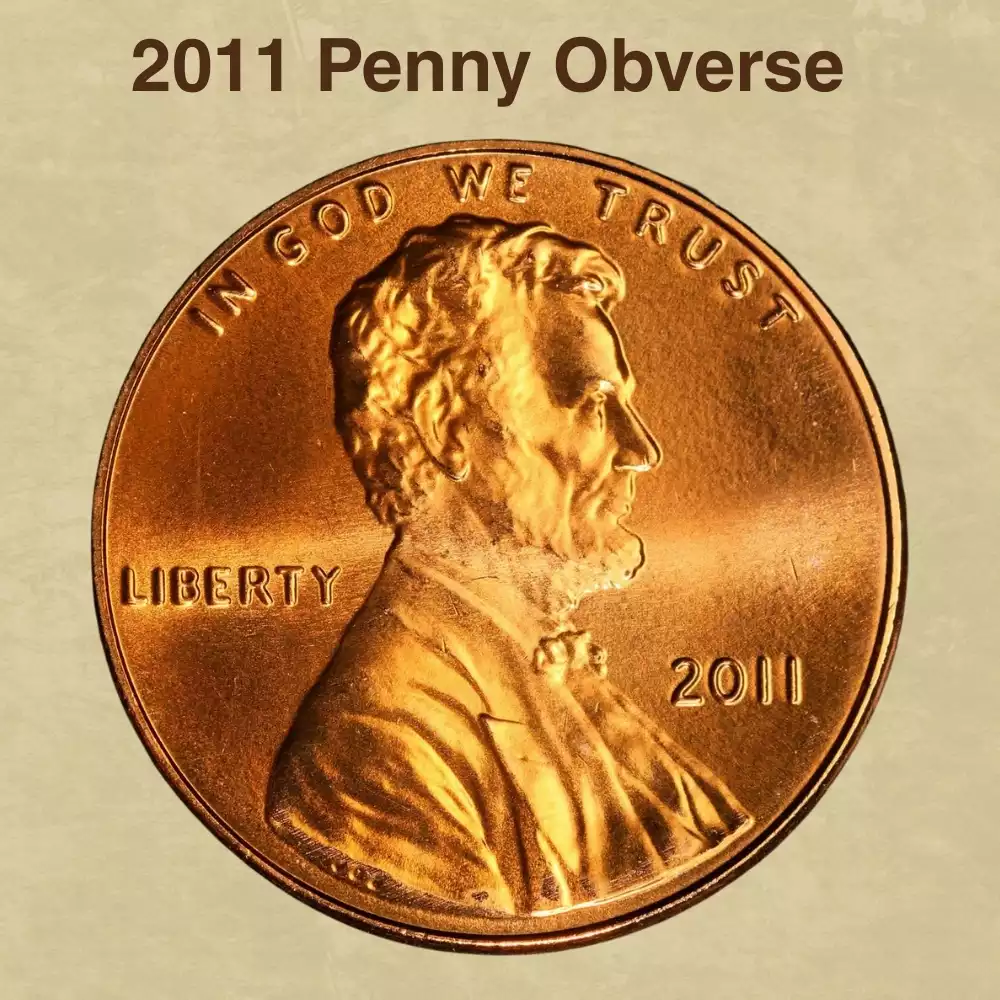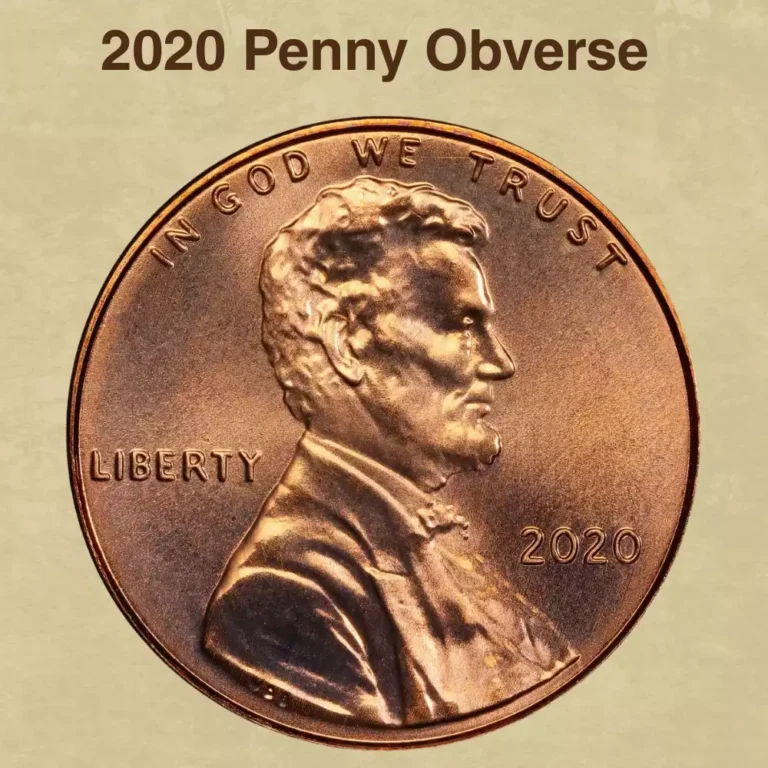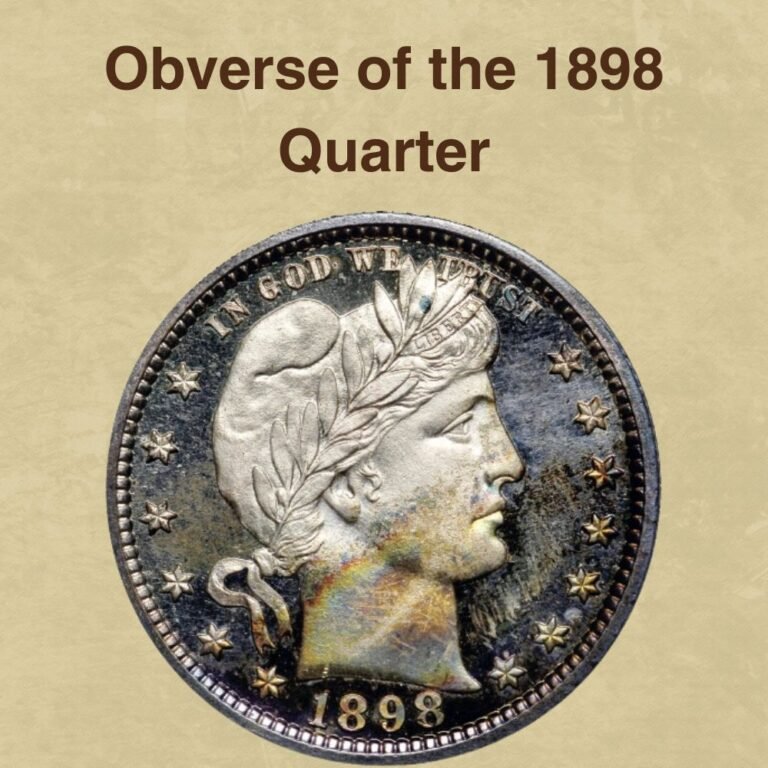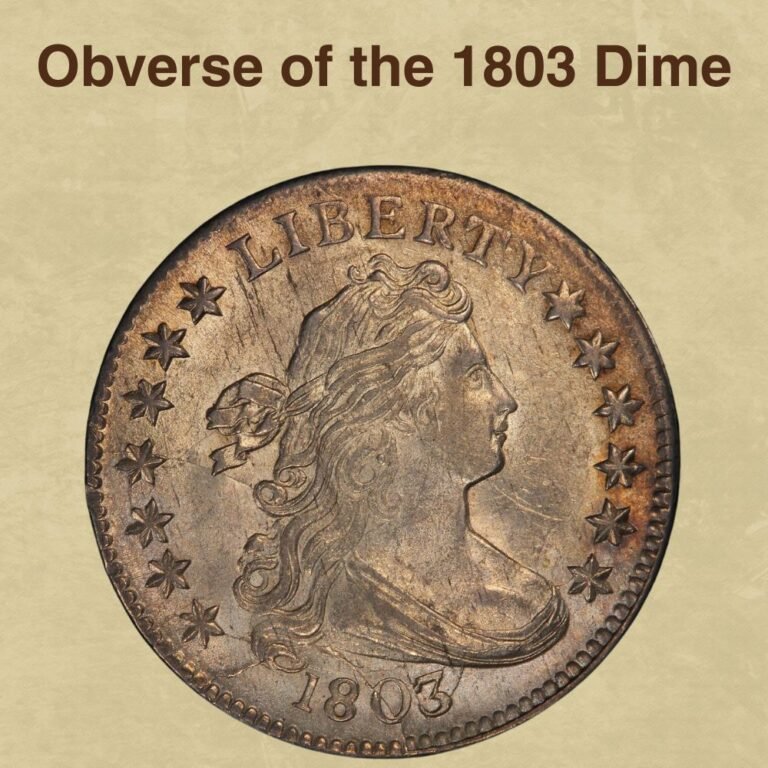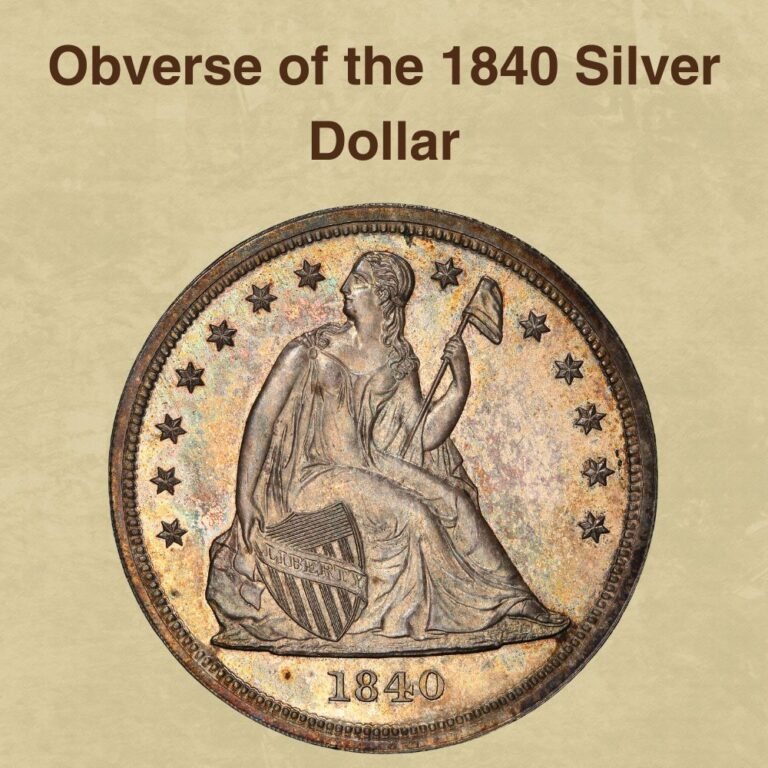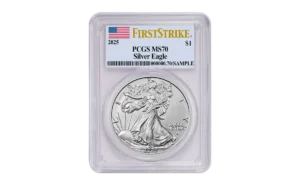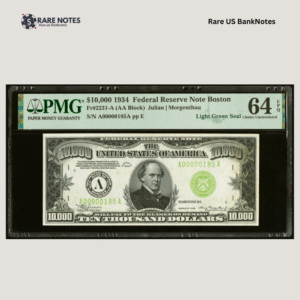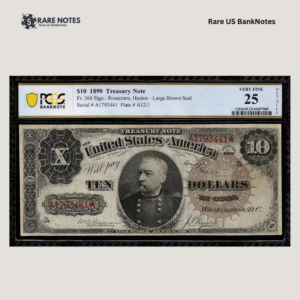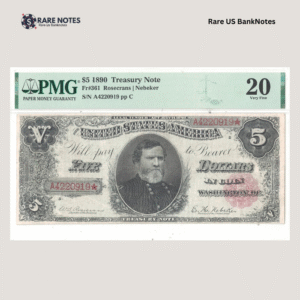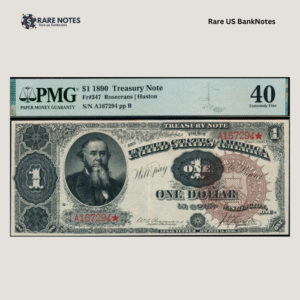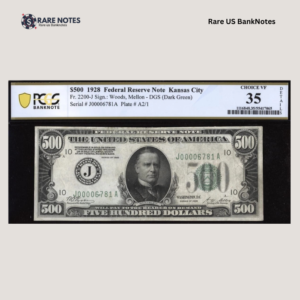While most investors focus on traditional portfolios, savvy collectors have discovered an overlooked treasure—the 2011 penny.
Beyond circulating coins, 2011 pennies include many well-preserved collectible-grade coin specimens and special edition proof coins. From the 2011-S 1C Shield First Strike, which may be worth hundreds of dollars, to the 2011-S 1C Shield Lyndall Bass, DCAM, featuring the designer’s signature, these modern Lincoln pennies all hold astonishing investment potential.
For collectors seeking portfolio diversification, 2011 pennies provide physical assets that traditional investments lack. Backed by decades of collector demand, high-grade specimens consistently trade at multiples of their face value.
2011 Penny Value By Variety
This value chart shows current market prices for 2011 pennies in different conditions, with 2011 D Shield Penny specimens commanding the highest premiums among circulating coins, while proof versions like the 2011-S DCAM offer distinct collector value at $6.
2011 Penny Value Chart
| TYPE | GOOD | FINE | AU | MS | PR |
|---|---|---|---|---|---|
| 2011 Shield Penny Value | — | — | — | $41 | — |
| 2011 D Shield Penny Value | — | — | — | $56 | — |
| 2011 S DCAM Shield Penny Value | — | — | — | — | $6 |
Tip: Chart shows Red (RD) prices only. For Brown (BN) or Red-Brown (RB) values, check our CoinValueChecker App for comprehensive information across all color designations.
2011 Penny Market Trend
Market Interest Trend Chart – 2011 Penny
The 2011 penny market interest trend demonstrates remarkable volatility over the past decade, beginning with modest activity in 2015 before experiencing dramatic fluctuations. A notable surge peaked in mid-2019, followed by periods of decline and stabilization. The market interest showed renewed momentum from 2022 onward, climbing steadily to reach sustained elevated levels through 2024 and into 2025.
These periodic fluctuations indicate that collectors’ interest varies with the overall value trend of the series of coins, the economic situation of society, and many other complex factors.
Meanwhile, the continuously rising interest trend in recent years demonstrates that the 2011 penny has transcended its original status as a modern circulation coin and has become a collectible worthy of investment during times of economic uncertainty.
consistent fluctuations often signal emerging investment opportunities for astute numismatists, which places 2011 pennies among actively monitored issues in the comprehensive US Coin Market Trend Ranking (Top 100).
History of the 2011 Penny
The birth of the 2011 Lincoln penny marked the first full-year stable production of the Lincoln penny since the experimental bicentennial program in 2009, and Lyndall Bass’s Union Shield design evolved from commemorative novelty to permanent American monetary standard.
The artistic significance of the 2011 Penny cannot be understated. Bass’s collaboration with sculptor Joseph Menna through the U.S. Mint’s Artist Infusion Program had achieved remarkable cultural penetration, with her Union Shield appearing on billions of cents across three mint facilities.
This partnership represented a new paradigm in American coinage, where contemporary artistic talent could directly influence national currency design through competitive selection processes.
The numismatic community’s response to this design proved overwhelmingly positive, with historian Q. David Bowers later observing in his Guide Book of Lincoln Cents that “most numismatists came to like it as an improvement on the Lincoln Memorial style”.
This endorsement validated the 2011 penny’s role in successfully bridging traditional Lincoln cent collecting with modern design sensibilities, establishing the Shield reverse not merely as Lincoln Penny’s latest incarnation, but as a lasting symbol of American monetary evolution during the early 21st century’s economic transformation.
Also Read: 10 Most Historic Years of Modern Lincoln Penny (1959-Date)
Key Features of The 2011 Penny
The 2011 penny, based on the Union Shield design determined in 2010, marked the entry of modern American coin design into a stable period. Understanding these distinctive features helps collectors identify genuine specimens and distinguish between common circulation finds and potentially valuable numismatic treasures.
The Obverse Of The 2011 Penny
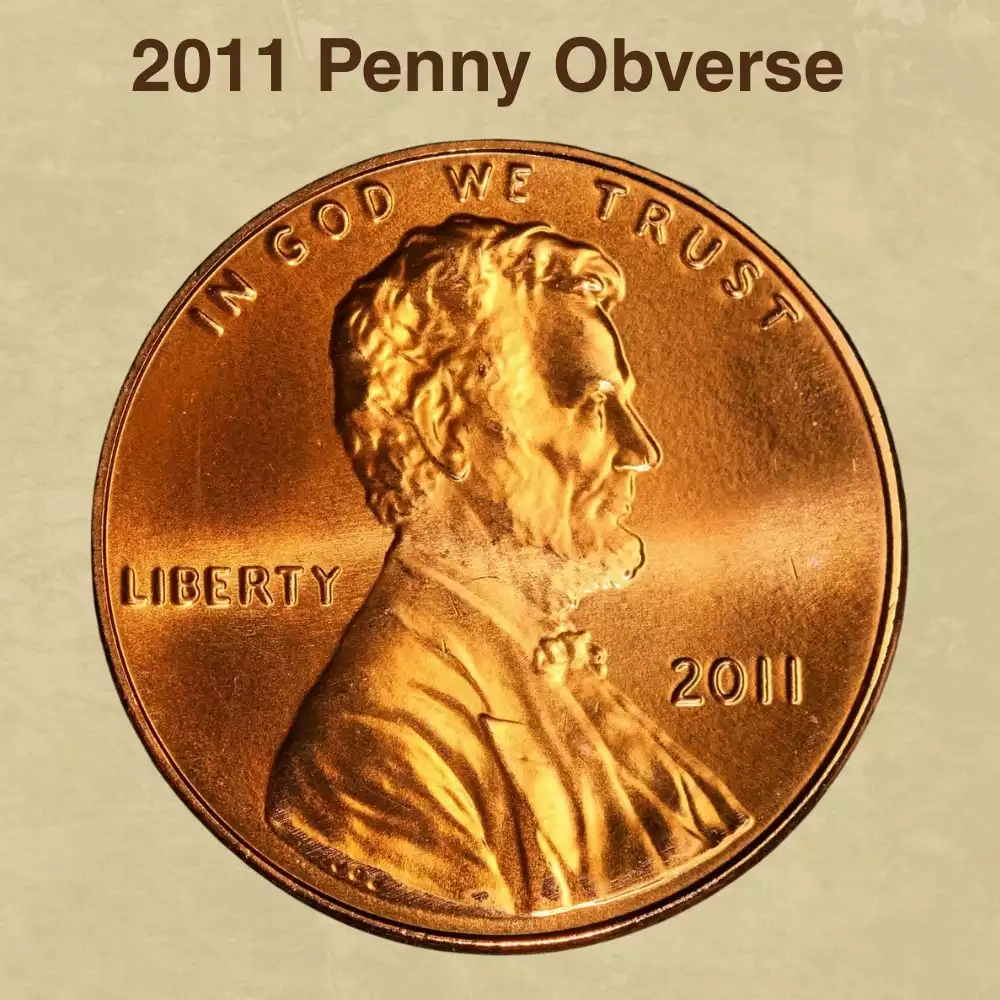
Victor David Brenner’s enduring Lincoln portrait continues to face right, maintaining the iconic design that has graced American pennies since 1909. The motto “In God We Trust” curves gracefully above Lincoln’s head, while “Liberty” appears behind his profile on the left side.
The date “2011” sits prominently before Lincoln’s chest, with the critical mint mark position directly below—empty for Philadelphia strikes, “D” for Denver coins, and “S” for San Francisco proofs. Brenner’s signature initials “VDB” remain subtly visible on Lincoln’s shoulder truncation, a testament to the design’s enduring legacy.
The Reverse Of The 2011 Penny

Lyndall Bass’s Union Shield design dominates the reverse, featuring thirteen vertical stripes representing the original colonies topped by a horizontal band symbolizing federal unity. A flowing banner displaying “One Cent” drapes elegantly across the shield’s center, while the inscription “United States of America” follows the upper rim’s curve.
The national motto “E Pluribus Unum” appears below the shield, completing the patriotic composition. Bass’s initials “LB” and sculptor Joseph Menna’s “JM” flank the banner,
Other Features Of The 2011 Penny
The 2011 penny maintains the post-1982 composition of 97.5% zinc core with 2.5% copper plating, preserving the familiar reddish appearance while controlling production costs. It measures 19.05mm in diameter and weighs precisely 2.5 grams, with smooth plain edges lacking any reeding.
Collectors grade these pennies using the standard Red (RD), Red-Brown (RB), or Brown (BN) color designations, with original mint red specimens commanding the highest premiums in the marketplace.
2011 Penny Mintage & Survival Data
2011 Penny Mintage & Survival Chart
Survival Distribution
| Type | Mintage | Survival | Survival Rate |
|---|---|---|---|
| No Mint | 436,800 | 44,000 | 10.0733% |
| D | 408,000 | 40,000 | 9.8039% |
| S DCAM | 5,542 | 4,500 | 81.1981% |
The 2011 penny survival data exposes a harsh reality that circulation devastates coin preservation in ways most people never realize. Philadelphia’s dismal 10.07% survival rate alongside Denver’s equally poor 9.80% both prove this point.
The dramatic contrast becomes clear when comparing business strikes against San Francisco’s proof specimens, which maintain an extraordinary 81.20% survival rate.
This stark disparity—roughly 10% versus 80%—reveals the fundamental difference between coins intended for spending versus those crafted for preservation. While nearly identical in original production scale, the survival gap creates a scarcity pyramid that drives today’s market dynamics.
Most telling is the absolute survival numbers: from nearly 845,000 circulation coins originally produced, Philadelphia and Denver combined preserve just 84,000 specimens while San Francisco retains 4,500 from 5,542 proofs originally produced.
This data proves that production volume means little without corresponding preservation—a lesson that separates successful penny investors from casual accumulators.
These survival patterns reveal critical insights into modern penny preservation dynamics, making the 2011 penny an essential case study within the broader Lincoln Pennies Survival Ranking (Top 100) that tracks preservation rates across the entire series.
2011 Penny Grading
Grading 2011 pennies follows the universal Sheldon Scale of 1 to 70, which was first used in the United States in the late 1940s. For Lincoln cents specifically, graders focus on surface quality, luster, and contact marks, with particular attention to Lincoln’s cheek area, hair details, and the shield’s open fields where marks become especially visible.
The grading hierarchy reveals stark value differences across the 70-point spectrum. MS60 represents the lowest mint state grade with significant contact marks and dulled luster, while MS65 achieves “gem” status with strong eye appeal and minimal defects.
The coveted MS67 grade requires exceptional luster with only three or four very small contact marks, while the legendary MS70 represents absolute perfection with no visible flaws even under magnification.
Color designations add another crucial layer to the 2011 penny evaluation. Red (RD) specimens retain about 85-90% of their original copper brilliance and command the highest premiums, while Red-Brown (RB) examples show at least 15-20% red coloration, and Brown (BN) coins display complete toning.
For collectors seeking accurate assessments without professional submission costs, the CoinValueChecker App provides instant grade estimates and value detection.

For comprehensive grading techniques and insider tips, check out How to Grade Lincoln Pennies to master this essential collecting skill.
2011 Penny Value Guides
The three distinct 2011 penny varieties represent the collaborative output of America’s primary minting facilities during the Shield design’s second year of production.
2011 Penny Varieties
- 2011 No Mint Mark Shield (Philadelphia Mint)
- 2011-D Shield (Denver Mint)
- 2011-S DCAM Shield (San Francisco Mint)
Philadelphia’s no-mint-mark specimens and Denver’s “D” marked coins served circulation needs through massive business strike production, while San Francisco’s “S” marked proofs catered exclusively to collectors with mirror-like Deep Cameo finishes. Each variety carries unique characteristics reflecting its respective mint’s production standards and intended purpose.
2011 No Mint Mark Shield Penny Value

The 2011 No Mint Mark Shield Penny occupies a fascinating position in modern numismatics. This edition of coins, despite have an enormous production volume, over 2.4 billion pieces. However, the scarcity of high-quality coins is surprisingly high. MS68 specimens reach $575 at auction, and MS66 examples trade for $10-17, depending on color designation and eye appeal.
These market premiums reflect more than just scarcity—they demonstrate how manufacturing improvements directly translate into collector value.
Quality control metrics showed significant improvement in 2011 No Mint Mark Shield Penny quality—die crack frequency decreased by 40% compared to 2010 production, and the problematic “weak banner” strikes that plagued early Shield cents were essentially eliminated through enhanced die annealing processes.
Philadelphia technicians recalibrated press tonnage settings based on 2010 initial parameters, standardizing striking pressure across all Shield cent production runs. These technical improvements transformed the initially experimental design into a standardized production process that would define Shield cent quality for the next decade.
2011 No Mint Mark Shield Penny Price/Grade Chart
Price by 1-70 Grade (Latest Auction Records Included)


